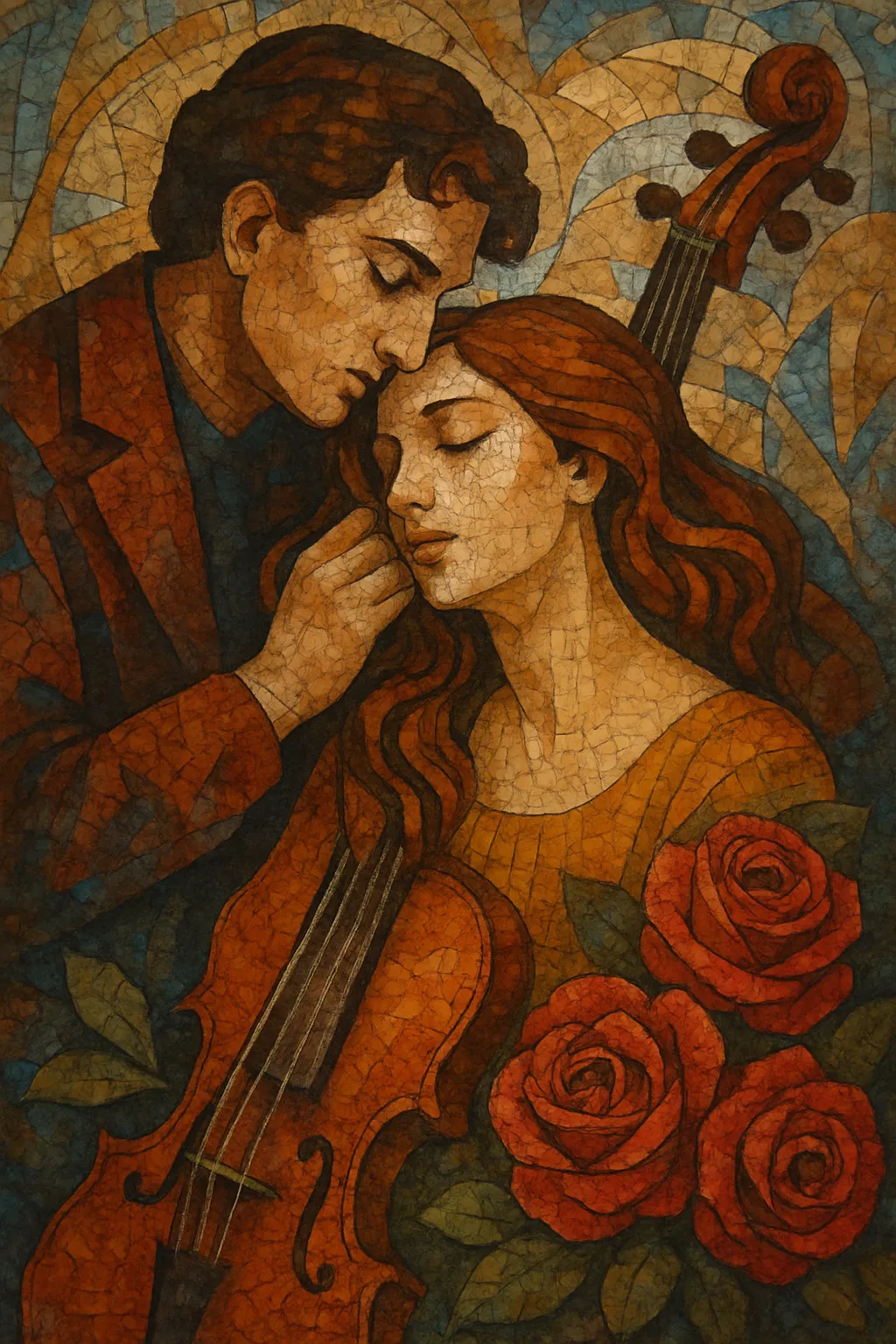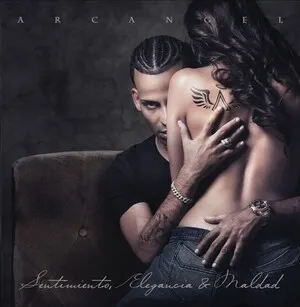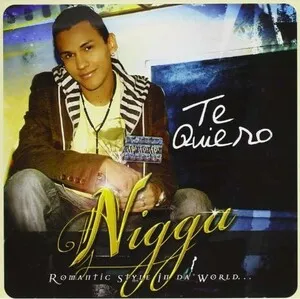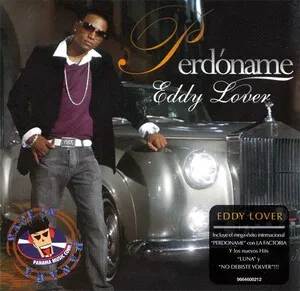Romantic style refers to the 19th‑century movement in Western art music that prioritized individual expression, emotional intensity, and poetic imagination over the balance and restraint of the Classical period.
It expanded the size and color of the orchestra, favored chromatic and adventurous harmony, and embraced literary and pictorial inspirations (program music). New and revamped forms—such as the symphonic poem, music drama, and the character piece—coexisted with inherited Classical genres like the symphony, sonata, and string quartet, now stretched for expressive breadth and narrative ambition.
Romantic style emerged in the early 19th century as composers sought to transcend the formal clarity of the Classical period. Philosophical Romanticism (with its focus on the sublime, nature, and the inner self) and literature (e.g., Goethe, Byron) provided fertile ground for a music that could suggest narrative, landscape, and emotion.
Beethoven’s middle and late periods expanded symphonic scale and harmonic boldness, setting the template for Romantic ambition. Schubert cultivated the Lied and the lyric impulse while also writing expansive symphonies. Weber helped shape German Romantic opera with supernatural atmospheres and colorful orchestration.
Chopin and Schumann refined the intimate piano idiom and character piece. Liszt pioneered the recital, virtuosic pianism, and the symphonic poem, uniting literature and music. Berlioz codified radical orchestration and programmatic narrative in works like Symphonie fantastique. Mendelssohn blended Classical poise with Romantic color.
Wagner transformed opera into “music drama,” using leitmotifs and seamless continuity; his chromatic harmony pushed tonal language toward dissolution. Verdi evolved Italian opera toward greater dramatic truth, while Brahms upheld and deepened absolute forms. Tchaikovsky fused lyricism with orchestral intensity, and Mahler (at Romanticism’s sunset) expanded the symphony to existential scale.
Composers across Europe (Smetana, Dvořák, Grieg, Mussorgsky) integrated folk idioms to voice national identities. Romantic style’s harmonic color, grand orchestration, and programmatic impulse profoundly influenced later movements, film scoring practices, symphonic rock/metal, and the concert tradition at large.








